SQL Server 2012 introduced a new built-in logical function SQL IIF. It is a shorthand form of writing CASE statement logic or IF-ELSE logic.
Read more »
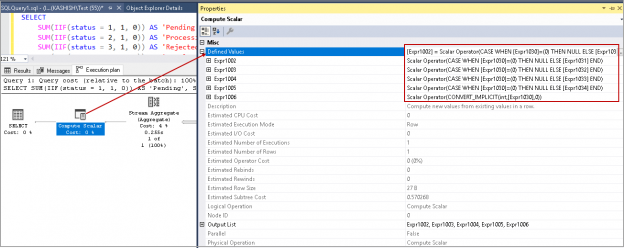


SQL Server 2012 introduced a new built-in logical function SQL IIF. It is a shorthand form of writing CASE statement logic or IF-ELSE logic.
Read more »
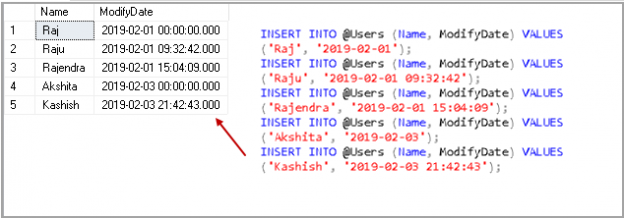
We extract data from SQL Server tables along with various conditions. Usually, we have data in large amounts and SQL Between operator helps to extract a specific range of data from this huge data. For example, suppose we want to know the product sales between Jan 2019 to May 2019. In this case, we can use this operator in a SQL query.
Read more »

This article explores the SQL Not Equal comparison operator (<>) along with its usage scenarios.
Read more »

This article explores the Identity function in SQL Server with examples and differences between these functions.
Read more »
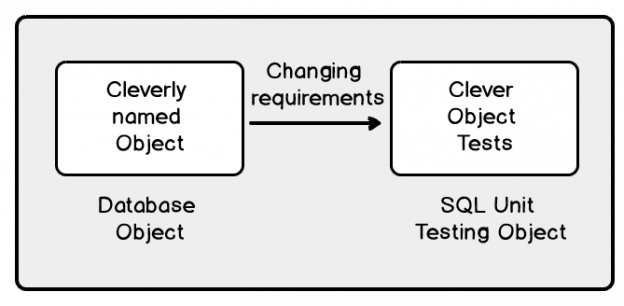
This article is focussed on clever database object naming from both development and SQL unit testing point of view.
This article also highlights the importance of naming database objects going through different development transitions including the SQL unit testing phase due to the agile nature of requirements.
Read more »
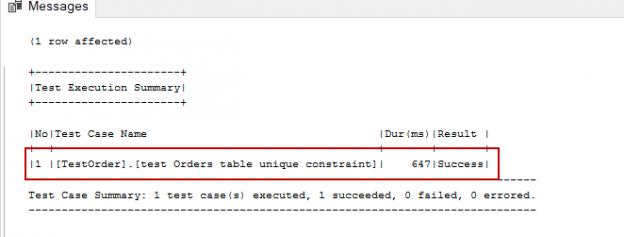
With this article, we will complete our journey with SQL Unit Testing. But first, let’s remember the main theme of the SQL Unit Testing again briefly. With the help of the SQL Unit Testing, we can detect and find out the flaws and bugs in database projects. This reduces the possible loss of time and money and reputation during the use of the product. However, it should be kept in mind that no matter how many tests are carried out, there will still be some bugs in the project, but SQL unit tests provide a greater degree of confidence. The fact that there are no bugs or flaws in the application at that time does not mean that the application is perfect. We cannot test all combinations and probabilities of the database objects. That is why in real life, considering certain parameters (risk, priority, etc.) we must ensure that a “reasonably sufficient” test is done.
Read more »
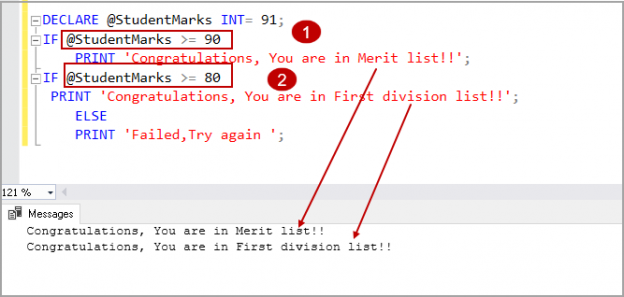
This article explores the useful function SQL IF statement in SQL Server.

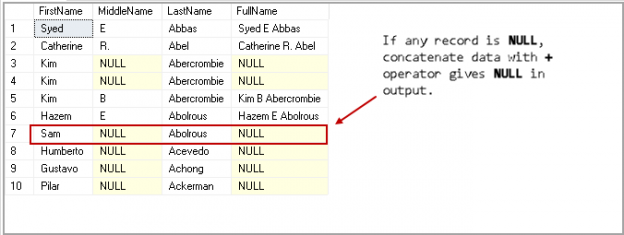
This article explores SQL Server Concatenate operations using the SQL Plus (+) operator and SQL CONCAT function.
Read more »

This article explores the SQL ISNULL function to replace NULL values in expressions or table records with examples.

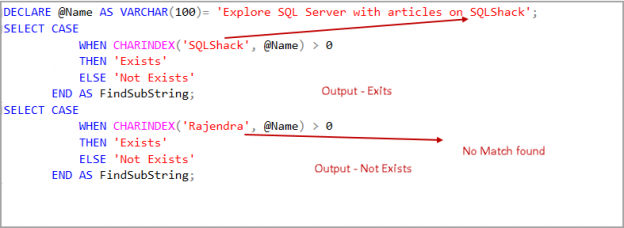
We use the SQL CHARINDEX function to find the position of a substring or expression in a given string. We might have a character in different positions of a string. SQL CHARINDEX returns the first position and ignores the rest of matching character positions in a string.
Read more »
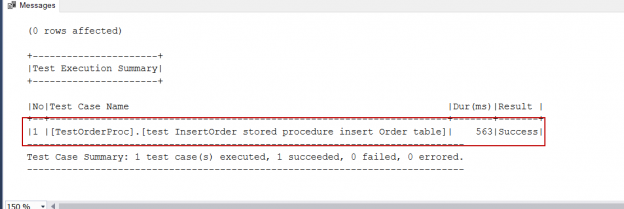
In this SQL Unit testing article, we will continue our journey with SQL unit testing. In the previous articles of this series (see the TOC at the bottom), we mentioned about SQL unit testing essentials and designing approaches as well and then we reinforce these notions with various tSQLt framework practical examples. In this article, we will continue to learn how to mock stored procedures in the tSQLt framework and we will provide it with two examples.
Read more »

This SQL unit testing article is based on the fact that we often learn from the mistakes so the idea is to highlight the mistakes to understand them clearly so that they can be avoided straight away.
Read more »
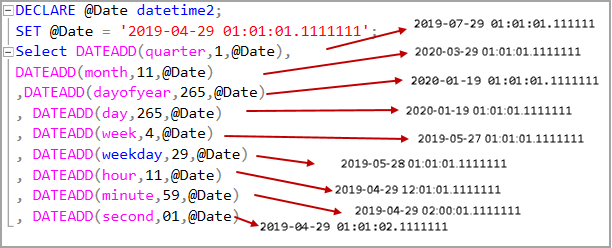
This article explores the DATEADD SQL function and its usage scenarios with various examples.


In this article series, we are exploring SQL unit testing, in general, and also we are reinforcing details and topics with various practical examples. We are using the tSQLt framework because it is the quite powerful and handy tool in order to develop and code SQL unit tests.
Read more »
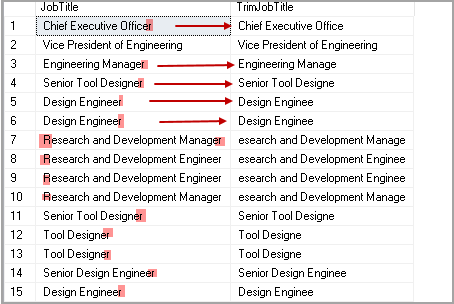
In this article, we will review the new SQL TRIM function in SQL Server 2017 onwards as well as providing some information on strings functions that pre-date it like LTRIM AND RTRIM.
Read more »
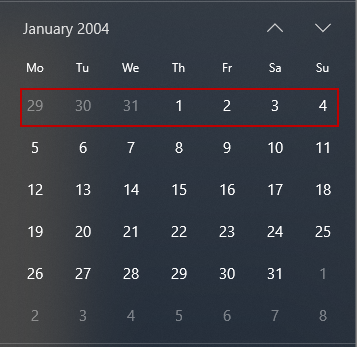
This article explores the DATEPART SQL function and its use in writing t-SQL queries. In the previous article, SQL Convert Date Functions and Formats, we explored various data formats and convert them using SQL Convert function.

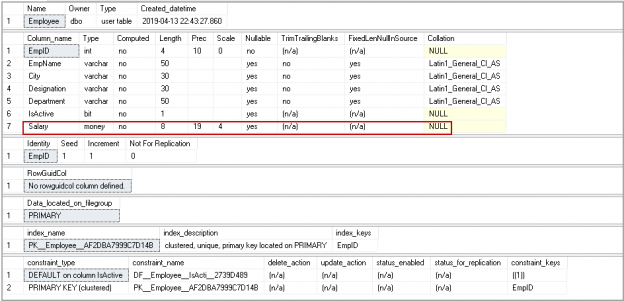
This article explains the SQL add column operation into an existing SQL table. We will also explore different examples of SQL add column operations.
Read more »
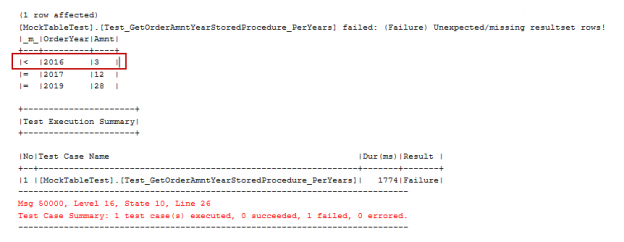
In this article on SQL unit testing, we will talk about how to isolate SQL unit tests from dependencies and how to use fake tables in SQL unit tests, so that we will able to develop more robust and less fragile SQL unit tests.
Read more »
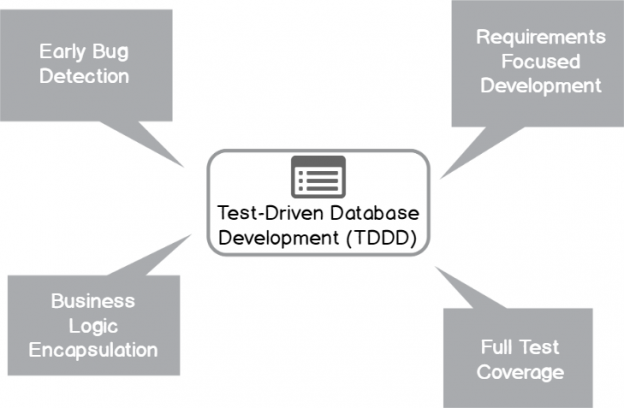
This article talks about core concepts of test-driven database development followed by creating simple SQL unit tests with tSQLt based on this approach.
Read more »

This article explains to the SQL Union and vs Union All operators in SQL Server. We will also explore the difference between these two operators along with various use cases.
Read more »
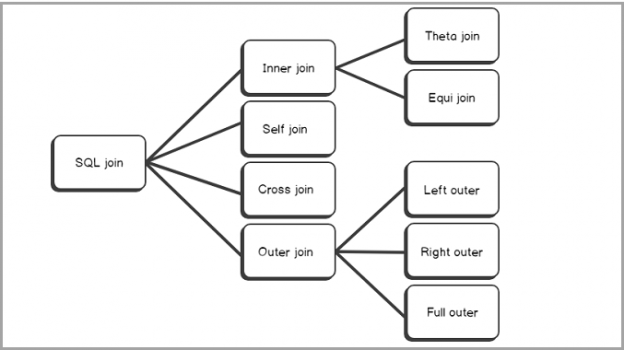
This article will provide a full overview, with examples of the SQL Outer join, including the full, right and left outer join as well as cover the union between SQL left and right outer joins.
Read more »
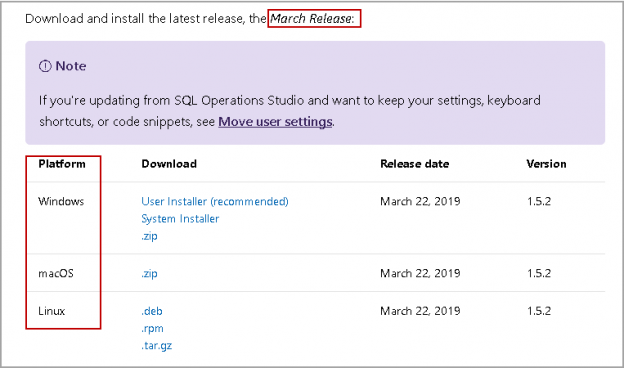
This article will fully cover the code snippet SQL developer productivity feature in Azure Data Studio including a list of available snippets and examples of how to create custom code snippets
Read more »

This article covers the SQL INSERT INTO SELECT statement along with its syntax, examples, and use cases.
Read more »

There are a variety of ways of managing data to insert into SQL Server. How we generate and insert data into tables can have a profound impact on performance and maintainability! This topic is often overlooked as a beginner’s consideration, but mistakes in how we grow objects can create massive headaches for future developers and administrators.
Read more »
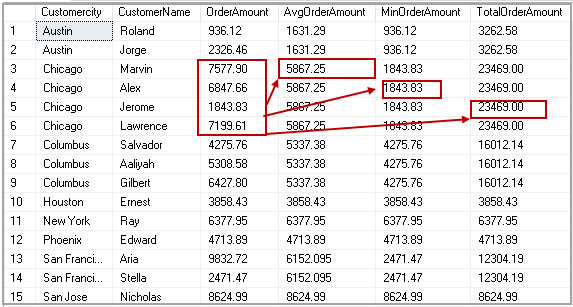
This article will cover the SQL PARTITION BY clause and, in particular, the difference with GROUP BY in a select statement. We will also explore various use cases of SQL PARTITION BY.
Read more »© Quest Software Inc. ALL RIGHTS RESERVED. | GDPR | Terms of Use | Privacy